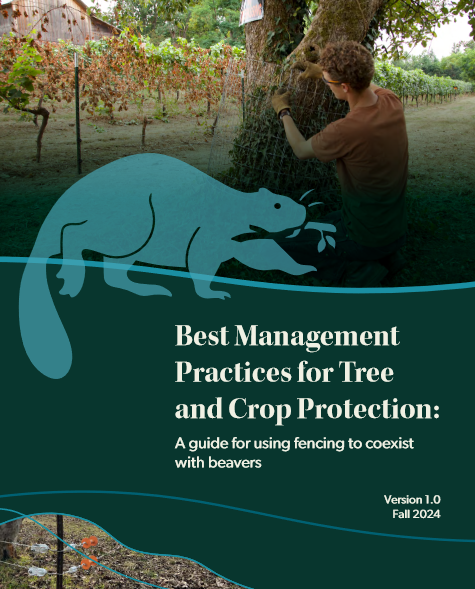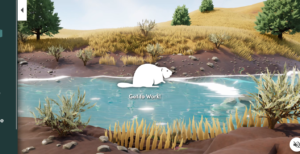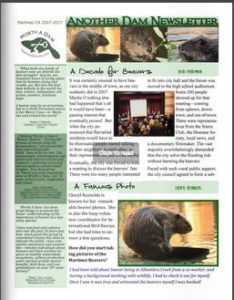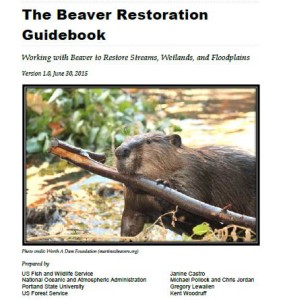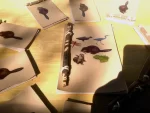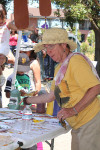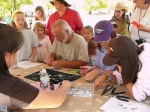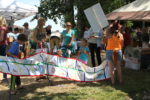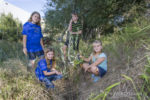What’s the news?
None but that the world’s grown honest.
Then is doomsday near. But your news is not true.
Hamlet 2:2
Here I am back from the great distance of the hospital, and what awaits me? The same foul degrees of stupid that were present when I went in. Well, I guess it’s nice to know that some things never change. Let’s start with this fine letter from a trapper in Missoula who didn’t take too kindly to all those nice things Greg was saying about beavers. Here’s Mike Dey’s take on things.
Trapper questions beaver expertise
Really, the hundreds of beavers I have trapped, I am sure I warmed the climate a lot. Unlike other species, beavers do not control other species. Beavers are controlled by their food.
Beavers must be trapped to keep them from destroying their food. The truth is, Greg Munther, you don’t know very much about beavers.
Some years back when prices were about the same as now, I took 96 beavers off the Clark Fork and Bitterroot rivers. I have trapped beavers from Libby to Bozeman.
Do you know why beavers will not cut large trees on the south or east of a body of water, and how far from the water beavers will go for food?
Why is it, that we as a society allow trappers to pontificate in public forums. I mean you never see opinion pieces from garbage collectors or Maytag repair men. For some reason we insist on behaving as if trappers knew things about the animals they were killing. I mean besides “Where to best kill them.”
Didn’t you know beavers never eat trees to the South?
One last question: Why did the Ice Age end? That was only 12,000 years to 20,000 years ago. I have been trapping beaver since 1963. There are a lot more beavers now than in 1963.
Climate change deniers who trap beavers on the side. I’m liking this fellow less and less. Beavers do not “control other species.
The thing is you know Mike has been outside. He has actually SEEN a beaver pond. He knows full well that there are fish and ducks and frogs in a beaver pond. So he knows that his argument is ridiculous.
He just doesn’t care.
Which brings me to the nice letter I received today from an inventor with a ‘humane’ way to stop otters. Stop them from doing what? I asked. confused. Being too cute and playful? , Jon offered.

No, it’s to stop otters from eating all your fish and ruining that pond! The owner wrote to suggest that it would probably – no certainly help with beavers too. So I might want to pass it on, since it would be so helpful.
“I believe this to be the single most overlooked & devastating problem a pond owner may ever face. A marine biologist study has stated 6 otters can go through a well stocked 10 acre pond in only 7-8 nights. This is because otters generally travel in groups of 3-6. Otters are excellent at what they do, catching fish. Mostly nocturnal, they feed at night. By the time you realize you have an issue, they have moved to another pond 2-3 miles away. Otters are not confined to the country either, as they have been found in storm water drainage systems in larger cities. I believe this to be the single most overlooked & devastating problem a pond owner may ever face. A marine biologist study has stated 6 otters can go through a well stocked 10 acre pond in only 7-8 nights. This is because otters generally travel in groups of 3-6. Otters are excellent at what they do, catching fish. Mostly nocturnal, they feed at night. By the time you realize you have an issue, they have moved to another pond 2-3 miles away. Otters are not confined to the country either, as they have been found in storm water drainage systems in larger cities. “
All units come pretested and programmed for the optimal volume and cycling to mimic predator sounds in its natural habitat. It features a waterproof speaker to deliver the patent pending sound through water for otter control
After thousands of hours of trial and error to fix my own otter problem, I realized that this product had the potential to vastly improve one of our nation’s favorite recreational activities, fishing, by ridding ponds/lakes of these terrors.
Now now now, can we just sit down and enjoy this for a moment. It’s just so damn refreshing to read a paragraph where otters are described as “TERRORS”.

Okay, let’s read a little more, shall we?
The solution I have found relies on the otter’s family tree. See, our pond and river otters are cousins to the marine variety. I discovered they share a built in fear of the same predator sounds. Harnessing this dormant fear with our technology, you can rid your pond of these pesky nighttime poachers.
So all we have to do is blast some Orca noises at these rascals and they’ll leave your precious fish alone! Orcas scare otters and beavers both, so no problem. For a mere 800 dollars you can get one of these devices shipped right to your door.

Scared yet?
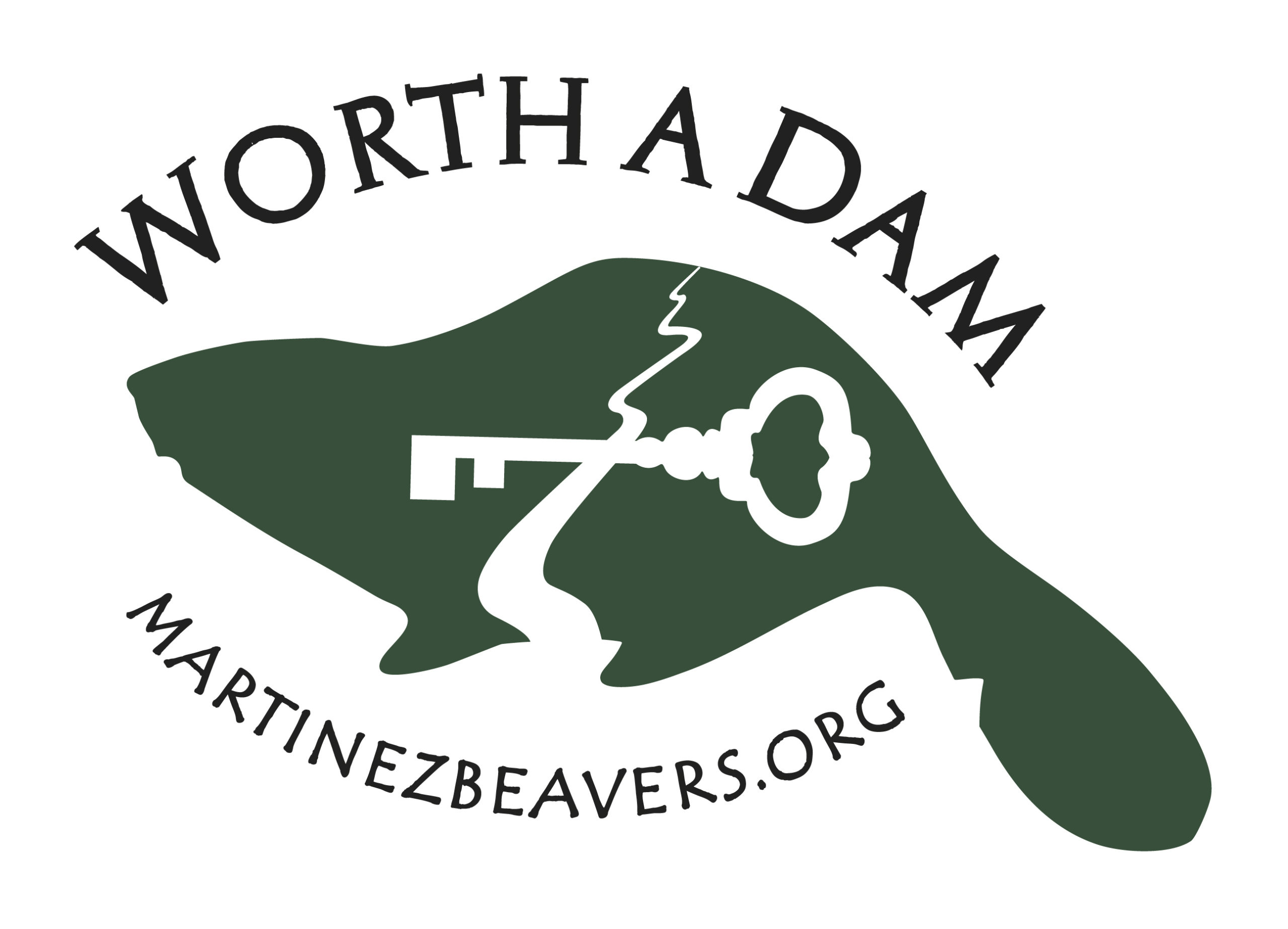




 As many a municipal engineer can attest, all those urban As many a municipal engineer can attest, all those urban beavers present a decidedly mixed blessing. The relentless architects gnaw down ornamental trees, jam road culverts full of woody debris, and inundate roads and yards. Even in Seattle, idyllic land of mandatory composting and
As many a municipal engineer can attest, all those urban As many a municipal engineer can attest, all those urban beavers present a decidedly mixed blessing. The relentless architects gnaw down ornamental trees, jam road culverts full of woody debris, and inundate roads and yards. Even in Seattle, idyllic land of mandatory composting and  Many of my favorite beaver stories, though, are set in urban spaces, where rebounding colonies collide with dense human settlements. I met beavers in a concrete-lined ditch behind a budget hotel in Napa; beavers in a wetland adjacent to a Walmart parking lot;
Many of my favorite beaver stories, though, are set in urban spaces, where rebounding colonies collide with dense human settlements. I met beavers in a concrete-lined ditch behind a budget hotel in Napa; beavers in a wetland adjacent to a Walmart parking lot; 

 Muskrat
Muskrat
 Various fish
Various fish Redwinged blackbird
Redwinged blackbird Giant Blue Heron
Giant Blue Heron Bee
Bee Various birds
Various birds

 Dragonfly
Dragonfly Ducks
Ducks Various fish
Various fish Green Heron
Green Heron Male Hooded Mergenser
Male Hooded Mergenser Female Hooded Mergenser
Female Hooded Mergenser
 River Otter and Crayfish
River Otter and Crayfish Sunfish
Sunfish Turtle (invasive Red Slider)
Turtle (invasive Red Slider)
 Wood Duck
Wood Duck Mourning Dove
Mourning Dove Woodpecker
Woodpecker Jack Rabbit
Jack Rabbit Hawk
Hawk Kingfisher
Kingfisher Invasive Bullfrog tadpole
Invasive Bullfrog tadpole


